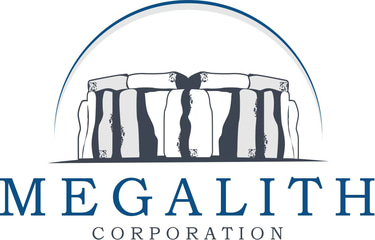Understanding Packaging Materials: A Comparison of Four Popular Choices
When selecting materials for packaging, signage, agriculture, or construction protection, four popular choices often come up: Polypropylene (PP) Hollow Board, Cardboard, Wood Board, Acrylic Sheet Each material has unique properties that affect weight, water resistance, and environmental impact. Understanding these differences will help you choose the right solution for your specific application.
8/15/20252 min read


Introduction to Packaging Material Selection
When it comes to selecting materials for various applications such as packaging, signage, agriculture, or construction protection, several options stand out. Among these, polypropylene (PP) hollow board, cardboard, wood board, and acrylic sheet are four commonly used materials. Each material possesses unique properties that can significantly affect weight, water resistance, and environmental impact.
Properties of Polypropylene Hollow Board
Polypropylene hollow board is renowned for its lightweight, durability, and resistance to environmental factors. As a type of plastic, it is water-resistant, making it an excellent choice for outdoor applications. Additionally, its resilience allows it to withstand various physical stresses without easily bending or breaking. This makes polypropylene hollow board particularly suitable for packaging solutions where protection is crucial. Its recyclability adds to its appeal as an environmentally friendly option.
Cardboard: Versatility and Cost-effectiveness
Cardboard is perhaps the most widely recognized packaging material due to its versatility and low cost. This material is often utilized in the production of boxes for shipping and storage. While it may not offer the same level of water resistance as polypropylene, advancements in technology have led to the development of moisture-resistant variants. Cardboard's lightweight nature also aids in reducing shipping costs. However, its vulnerability to damp conditions limits its applicability in certain environments, making it essential to evaluate the specific needs of your project when choosing this material.
The Strength of Wood Board
Wood board has been a staple in construction and packaging for centuries, prized for its strength and sturdiness. It is especially beneficial for heavy-duty applications, providing great support and structural integrity. However, wood is susceptible to moisture and can warp or decompose if not properly treated. Its environmental impact can vary significantly based on sourcing practices; responsibly harvested wood boards can be a sustainable option. When considering wood board, it is crucial to assess the conditions in which it will be used to ensure alignment with project requirements.
Acrylic Sheet: The Modern Alternative
Acrylic sheets are an innovative alternative that combines aesthetics with function. Known for their transparency and ability to mimic glass, acrylic sheets are often employed in signage and display solutions. Their lightweight nature makes them easy to handle, and they offer excellent resistance to UV light and moisture. Moreover, acrylic sheets are known to be shatter-resistant, further enhancing their durability. However, while they present a contemporary look, their environmental impact warrants consideration, particularly in relation to recycling and disposal.
Conclusion: Choosing the Right Material
In conclusion, understanding the unique properties of polypropylene hollow board, cardboard, wood board, and acrylic sheet is vital for making informed decisions in material selection. Each material serves specific needs based on weight, water resistance, and environmental factors. By evaluating these characteristics alongside project requirements, you can select the right solution tailored to your specific application.

